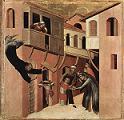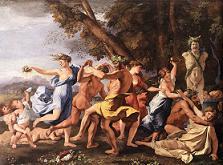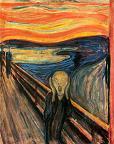Art history is the study of historical art forms, such as paintings and sculptures in terms of their artistic properties, such as style, design, and format. It is a discipline that teaches people how to critique works of art and to examine elements of line, shape, colour, and texture. However, it is a discipline that is often criticized for being subjective, due to each individual’s definition of beauty.¹
Historically, art was used to portray certain meanings. These meanings were important for educating society or for displaying religious beliefs. Art also acted as a method for making bold political statements.¹ Although art can often have multiple meanings, it usually provides some hint of what human life was like during the time period in which the artist completed their work. Art forms from different time periods convey particular details and symbolism specific to that era, which can allow us to understand how life styles have evolved through time. In many ways, the history of humanity can be communicated through art.¹
Here are a few pieces of art from a number of different artistic periods. Although there are many more historical art periods, this small list will serve to illustrate how dramatically art varies from era to era.¹
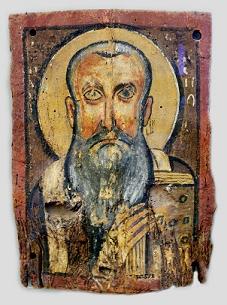
The Medieval Era (400 BC - 1300) Image: Apa Abraham, c. 590-600. This is a water colour painting.

The Proto-Renaissance Era (1300 - 1400) Image: Last Supper, Basillica of San Fancesco d'Assisi.
This work was completed by the Italian painter Pietro Lorenzetti.
The Renaissance in Italy and the North (1400 – 1500)
Image: This is the Penitent Magdalene and was constructed around 1537-1541 by Michelangelo
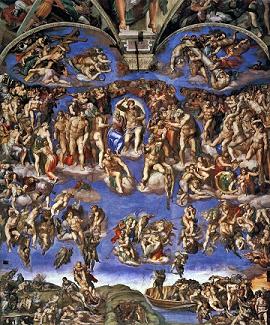
The end of the Renaissance and the Reformation (1500 – 1600).
Image: This painting is of the Last Judgement and it was completed around 1453-1455 by the Italian sculptor Donatello.
Reference:
1. Art History. Art History Appreciation. Retrieved May 27, 2014, from http://www.arthistory.net/
© BrainMass Inc. brainmass.com June 29, 2024, 4:04 pm ad1c9bdddf
